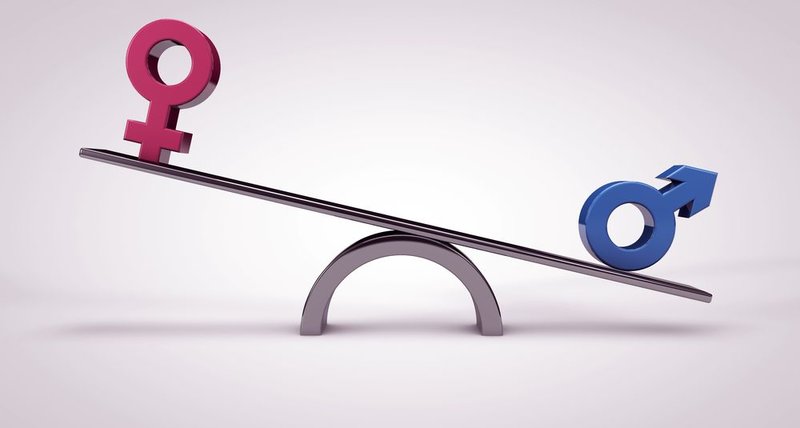
Articles
We aim to give food for thought as well as inspiring your creativity and
providing practical ideas you can’t wait to implement in your own settings!
Understanding Neurodivergence
Autism: Why are we hearing so much more about it?

With the recent spike in the clinical diagnosis of Autism Spectrum Disorder (ASD) and Attention Deficit Hyperactivity Disorder (ADHD), it is understandable that many are confused about where all of this is coming from.
There is a lot of misinformation in the media, without much input from those at the heart of the situation, so as someone who was diagnosed, after living most of my life under the assumption that I was neurotypical (not displaying neurologically atypical patterns of thought or behaviour), I am hoping to shed some light on the subject and offer helpful, factually sound explanations, as well as some of my personal experiences.
Many people do not realise that both ASD and ADHD are relatively new disorders; the first person diagnosed with Autism is still alive and the diagnostic criteria for ADHD (as we understand it today) was only fully realised in 1987, just 35 years ago.
In the beginning, any research concerning Autism and ADHD was most commonly conducted using children; and more specifically, young boys who were the subjects seen to be more clearly portraying neurodivergent behaviours. It wasn’t until much later that it was fully understood that AuDHD (a popular slang term for those who are Autistic and ADHD) is not something you grow out of in adulthood. Not only this, but that females were just as likely to be AuDHD as their male counterparts.
In comparison to a lot of diagnoses, there is considerably less that is truly understood about these conditions. There is a severe lack of research on how Autism and ADHD presents in people who are AFAB (assigned female at birth), in comparison to people who are AMAB (assigned male at birth). It has been known by researchers for a long time that females can also be AuDHD, however because of the difference in how these disorders present from male to female, it was assumed for a long time that there were fewer females born that way. It is now seen as more than likely however that the reason behind there being fewer females diagnosed than males is because of this lack of research and other societal factors rather than any real discrepancy between the two.
Those who are brought up as girls commonly go under the radar and, more often than not, will live their whole lives without being diagnosed. Whereas young boys are expected to be rambunctious and hyperactive, young girls subconsciously learn that they are expected to be more reserved and empathetic. AuDHD behaviours are more likely to be reprimanded in girls forcing people who are AFAB and Autistic or ADHD to ‘mask’ from a young age. You ‘mask’ the traits that you come to understand as ‘weird’ or ‘rude’ so that you might simply be perceived as a little bit of “quirky”.

As a neurodivergent person who learnt to mask to a high standard and didn’t realise my own neurodivergence because of it, I always felt as though there was something wrong with me. I felt as though everyone had read a book called ‘How to be a Normal Person’ and I was the only one that hadn’t even heard of it. Instead of my emotional dysregulation and academic shortcomings being recognised as neurodivergence; it was eventually labelled ‘depression’ and ‘anxiety’. I now understand that these diagnoses were the outcome of years of confusion about myself/others, as well as the suppression of my ‘undesirable’ characteristics to a neurotypical society.
“I felt as though everyone had read a book called ‘How to be a Normal Person’ and I was the only one that hadn’t even heard of it.”
It wasn’t until I moved a few hours away from my family home that I started to struggle a lot more than I had before. With no in-person support from my family and friends, I could hardly keep up with my work and social life, as well as have the energy to cook meals for myself and shower regularly and generally just do the bare minimum to keep myself afloat.

I was starting to spiral and become unable to cope, when I came across a TikTok about ADHD in females and found myself relating to every situational example of Inattentive ADHD that was listed. Suddenly I had a whole new perspective of my life and scoured the internet for any, and all information I could find. I wrote down every little thing I thought of that could have pointed to my being ADHD up until that point and within the year I was diagnosed with Combined Type ADHD. I started taking stimulant medication and this has been life-changing for me. I went through a similar process with Autism later that same year, although I am still contemplating whether pursuing an official diagnosis for ASD is something that would be beneficial.
With so much misinformation, misunderstanding and masking happening around Autism and ADHD, it’s not surprising that many people go through their lives never fully understanding themselves.
The conclusion I’ve drawn is that there have always been plenty of neurodivergent people; we just haven’t had the right knowledge to recognise it before. And now we do, it’s time that the different ways that ASD and ADHD can present become more widely understood.
With thanks to Dylan Ewens (they/them) for writing this article. Dylan is 21 years old and lives in West Sussex. They enjoy music, song writing, reading, and writing fiction. They are passionate about gaining more understanding of neurodivergence (with a special interest in ADHD and Autism) and communicating this knowledge with others.